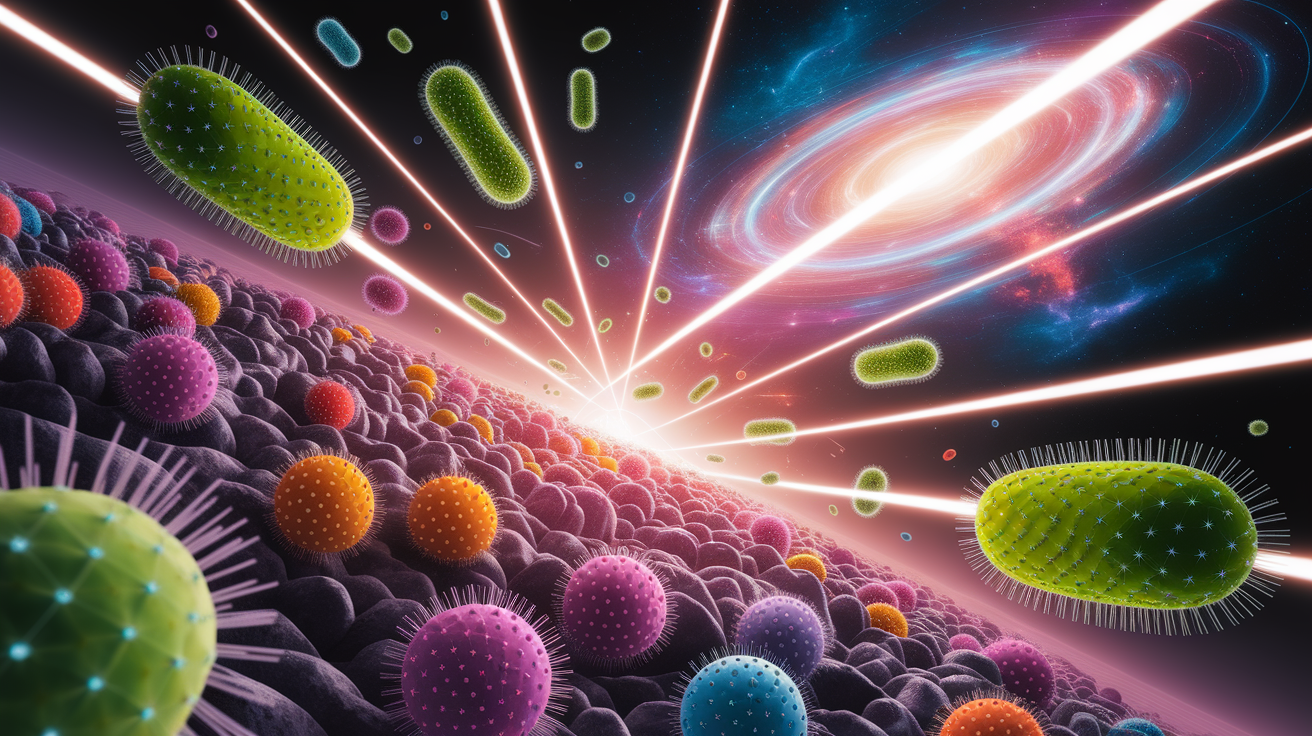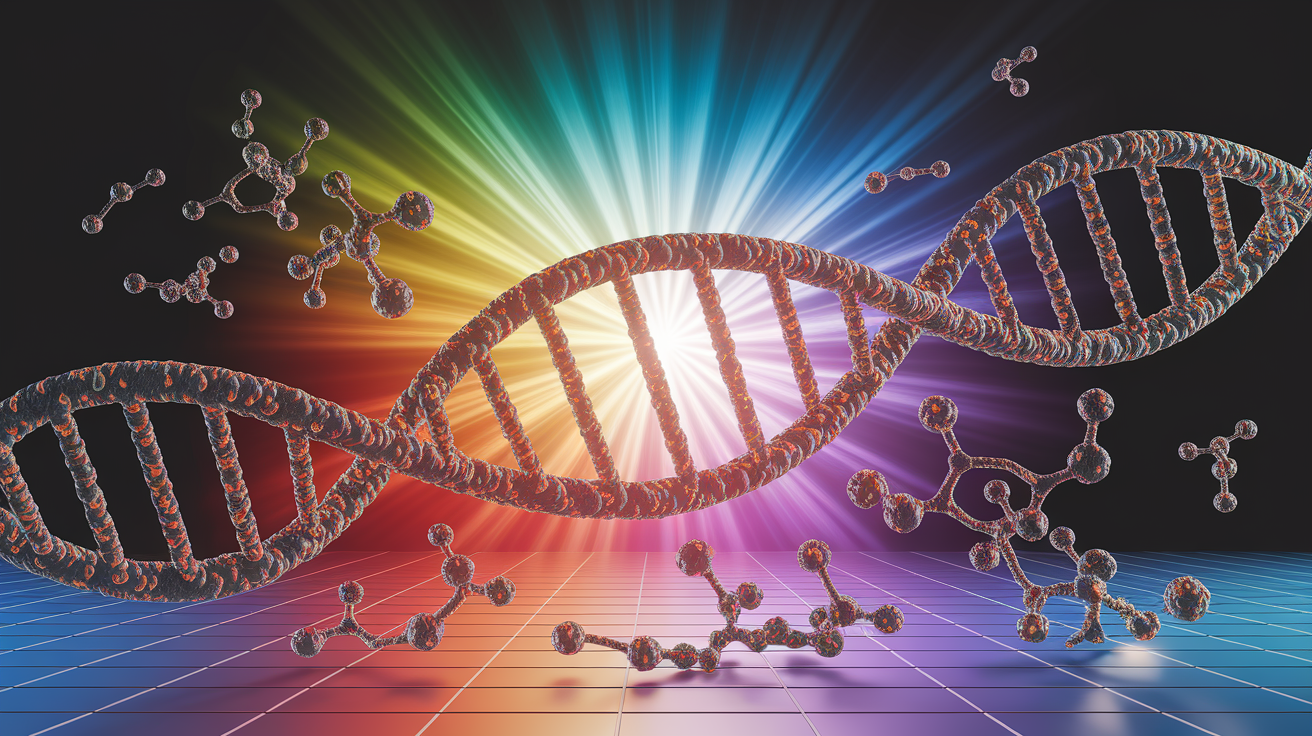Quick Answer: UV sterilizers use high-energy UV-C light to damage the DNA and RNA of bacteria, viruses, and other microorganisms, preventing them from reproducing and causing harm. By disrupting genetic structures, these devices can swiftly inactivate up to 99.99% of pathogens without chemicals.
Introduction – Light Speed in Microbial Warfare
Imagine waging war against germs using nothing more than beams of invisible light. That’s exactly what UV sterilizers do—deploying ultraviolet-C light at specific wavelengths to dismantle the inner workings of bacteria, viruses, and other troublemakers. It’s a battle fought at the molecular level, and the weapon of choice is light energy.

The Germicidal Power of UV-C Light
Ultraviolet light is classified into three types: UV-A, UV-B, and UV-C. Among these, UV-C radiation—wavelengths between 200 and 280 nanometers—packs the strongest germicidal punch. The peak microbial inactivation occurs around 260-265 nm, where photons are absorbed efficiently by microbial DNA and proteins. Because UV-C light doesn’t naturally reach us (it’s blocked by Earth’s atmosphere), sterilizers must produce it artificially for disinfection purposes.

- UV-A: Longest wavelength, least effective for sterilization.
- UV-B: Medium wavelength, more energetic but still less effective than UV-C.
- UV-C: Short wavelength, highest energy, most lethal to microorganisms.
Molecular Mayhem – How UV-C Destroys Genetic Material
At the heart of this germicidal magic is a photochemical reaction. When UV-C photons strike microbial DNA or RNA, they trigger the formation of abnormal molecular bonds known as thymine dimers (or uracil dimers in RNA viruses). These dimers warp the genetic “ladder,” preventing the cell from copying its genetic material properly.

- Step 1: UV-C photons are absorbed by nucleic acids in the microbe’s genetic material.
- Step 2: Adjacent bases (often thymine) form covalent bonds, creating dimers.
- Step 3: The DNA/RNA structure becomes distorted, blocking replication enzymes.
- Step 4: The organism loses its ability to reproduce or repair damage, leading to inactivation.
This disruption of replication and metabolic processes cripples microorganisms, explaining the high sterilization efficiency reported in studies like this one.
Maximizing UV Sterilization Efficacy
Not all UV disinfection is equal. Several factors influence germicidal success:

- UV dose: A combination of light intensity and exposure time—higher doses typically mean better inactivation.
- Direct illumination: Shadows, debris, or opaque surfaces can shield microbes from UV light.
- Wavelength precision: Germicidal effectiveness peaks near 260-265 nm.
- Microbe susceptibility: Some microorganisms need more UV energy to be fully neutralized.
- Surface/material interference: Glass, plastics, or coatings that absorb UV can diminish its reach.
As noted in research on UVGI, sterilization is frequently combined with other methods for complete cleanliness, since UV doesn’t physically remove microbial bodies.
Applications and Safety Considerations
Where UV Sterilizers Shine
UV-C light has incredible versatility:

- Water treatment: UV purifiers eliminate pathogens like Cryptosporidium without chemicals (source).
- Air disinfection: Upper-room UVGI systems sanitize air in shared spaces (CDC guidelines).
- Surface sterilization: Hospitals use UV lamps for rapid cleaning of patient rooms.
- Laboratory safety: Laminar flow hoods keep experiments free from airborne or surface contamination.
- Consumer devices: Portable sterilizers disinfect smartphones, masks, and small items.
Safety First
Traditional mercury-based UV-C lamps (around 254 nm) can harm skin and eyes, prompting recommendations to only use them in unoccupied spaces or enclosed designs (CDC safety info). Excitingly, new far-UVC technology (200-235 nm) appears to kill microbes effectively while being less likely to penetrate human skin or eyes, making them a promising next step in occupied-space sanitization (details here).
Conclusion – Illuminating the Path to Sterile Spaces
UV sterilizers are remarkable tools for fighting microscopic threats using pure light. By harnessing high-energy UV-C wavelengths, they inflict fatal DNA/RNA damage on pathogens without chemical residues. From clean water and sterile hospital rooms to safe air in classrooms, this technology continues to be a game-changer. With smart application and evolving safety innovations, the future of germ defense could be, quite literally, brighter than ever.











